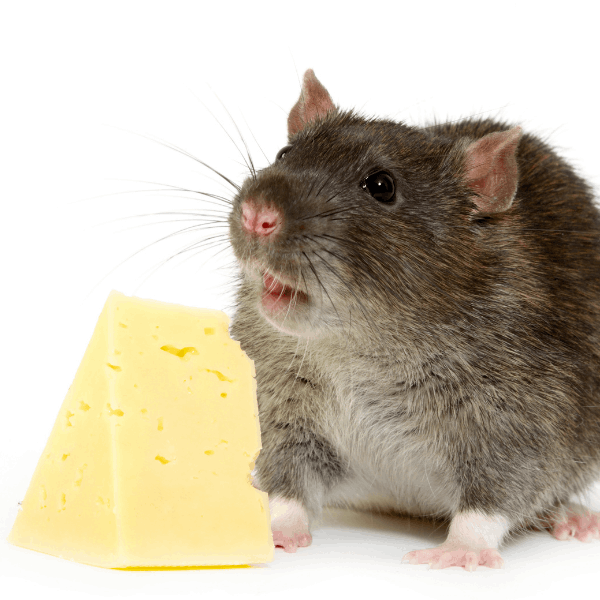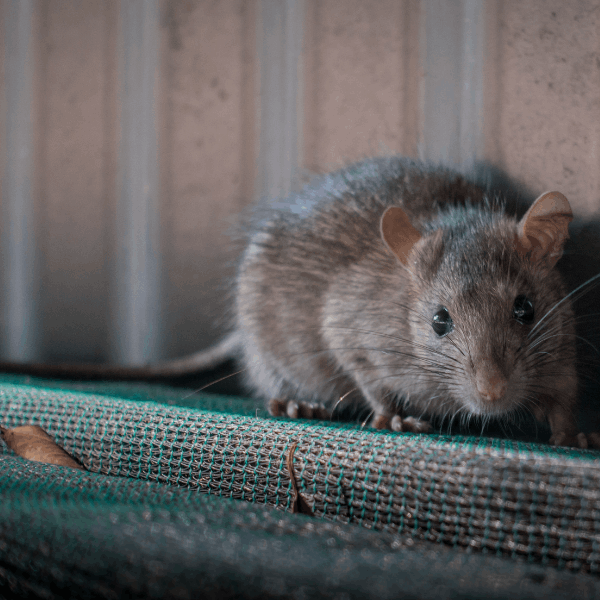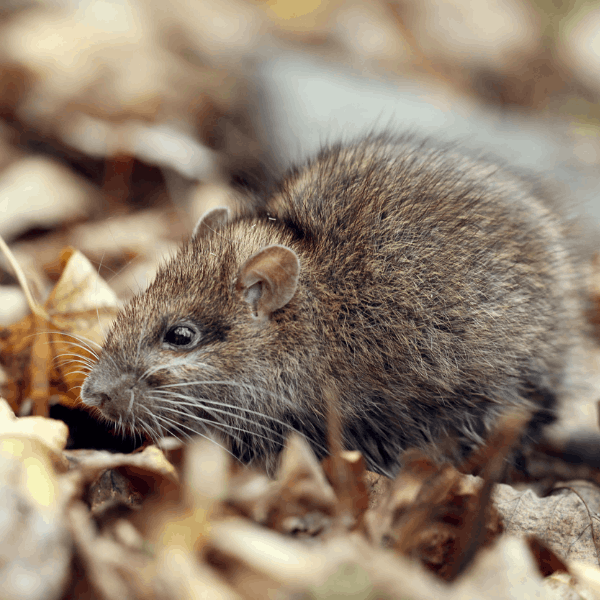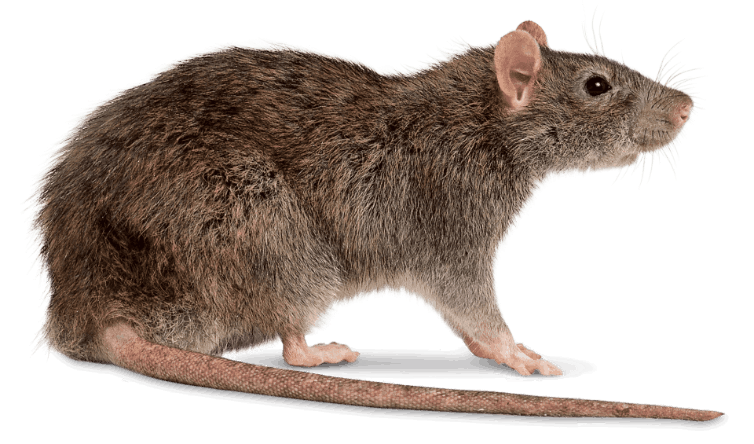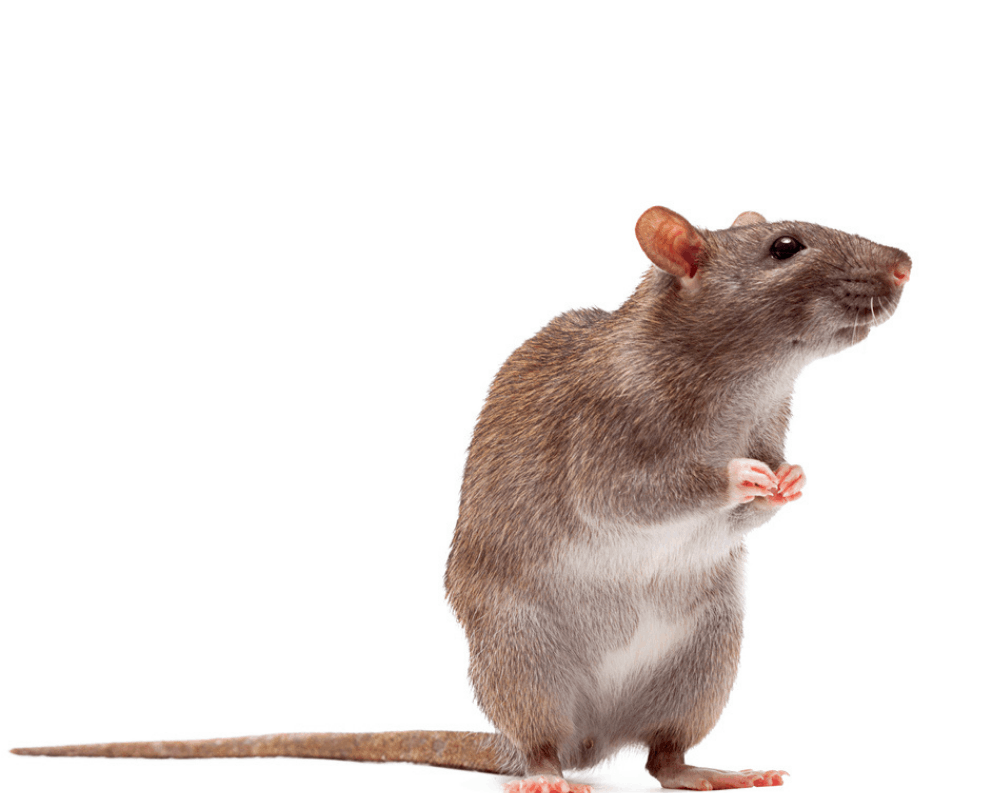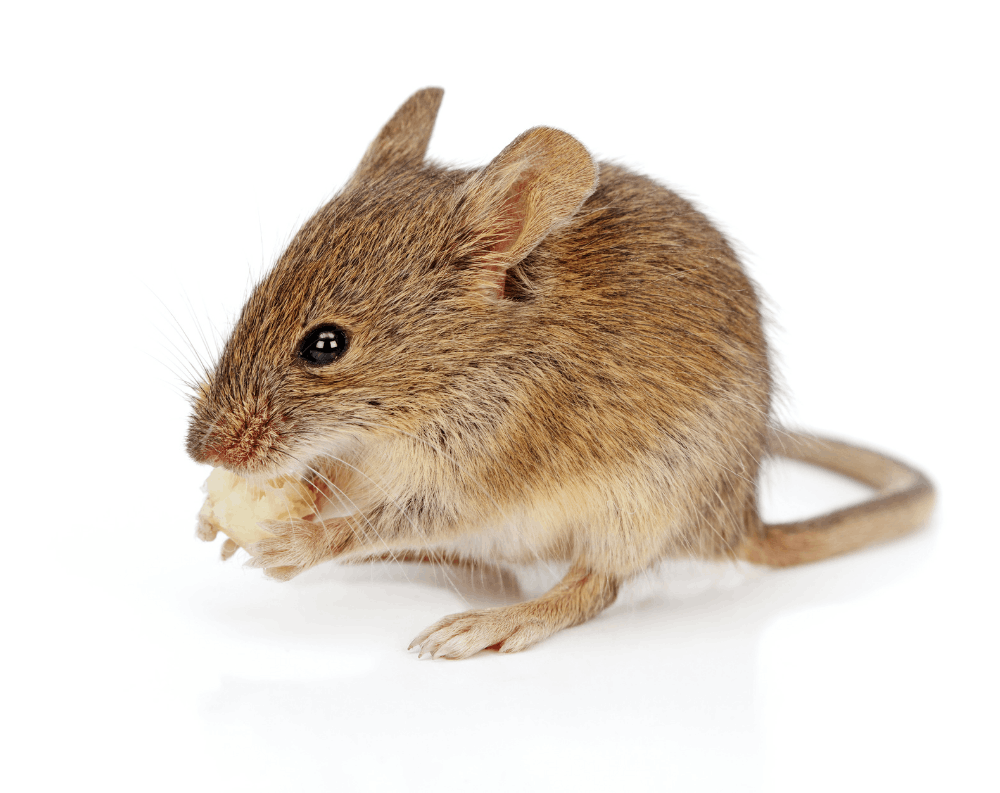Common Rodents in Southern California
Rodents are warm-blooded mammals that, like humans, can be found throughout the world. They have oversized front teeth for gnawing and check teeth, which are adapted for chewing. Rodents chew on a variety of items available to them and cause great damage in and around homes.
RATS
Rats are thin-tailed, medium-size rodents that originated in Asia and Australia but are now found all over the world. "True rats" are members of the genus Rattus, but other rodent genera are also referred to as rats and share many of the same characteristics. Rats differentiate from mice by being larger, with longer, thinner bodies and long legs.
MICE
House mice are said to be the most common mammal in the U.S., so it’s no surprise that many homeowners report dealing with infestations at one time or another. Because mice are so common, you may think you already know all there is to know about this household pest, but think again!


